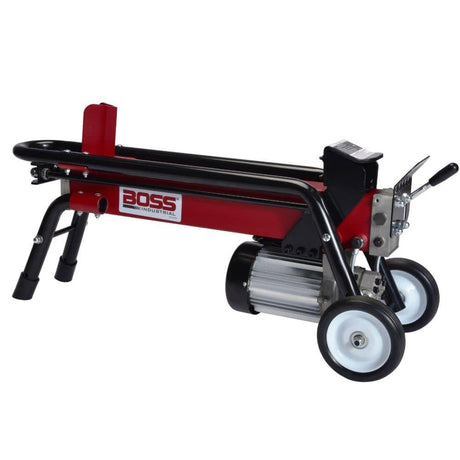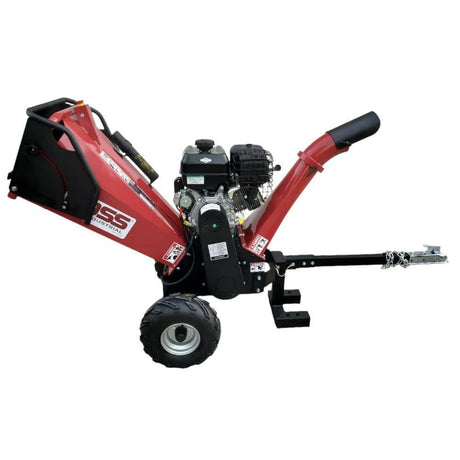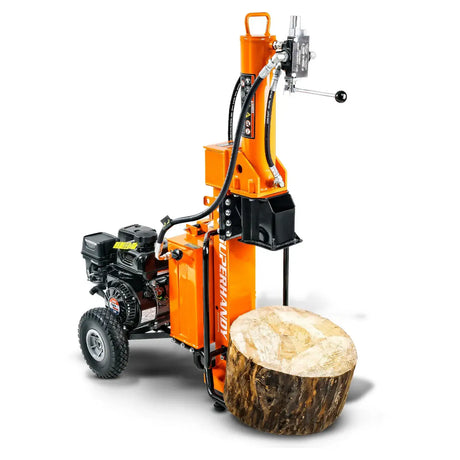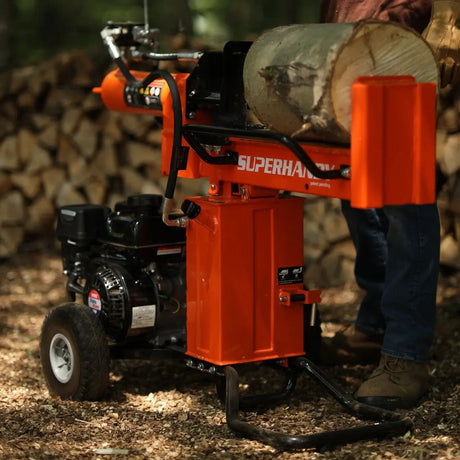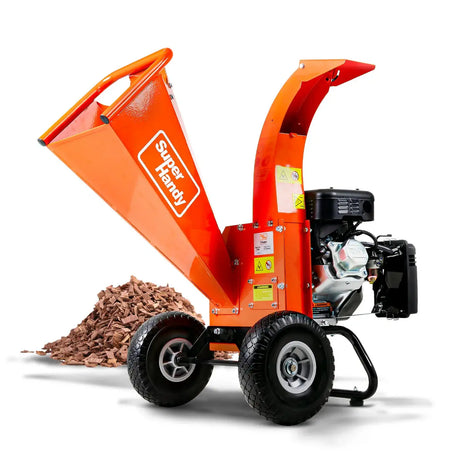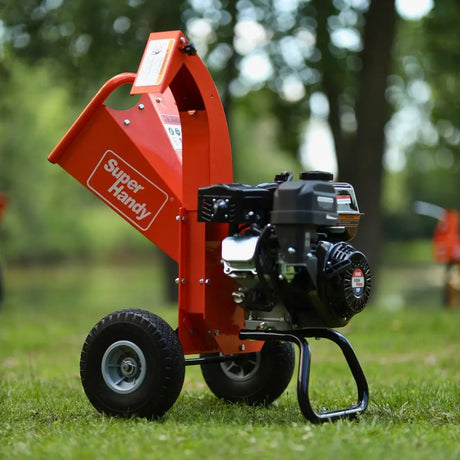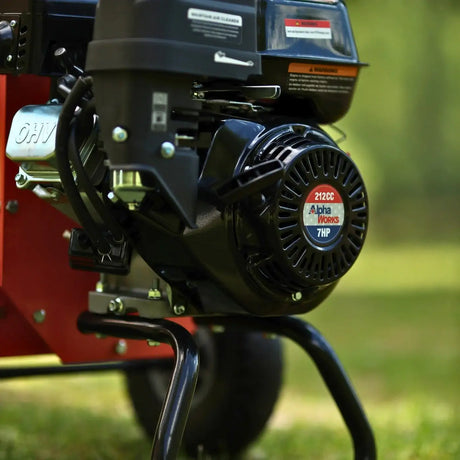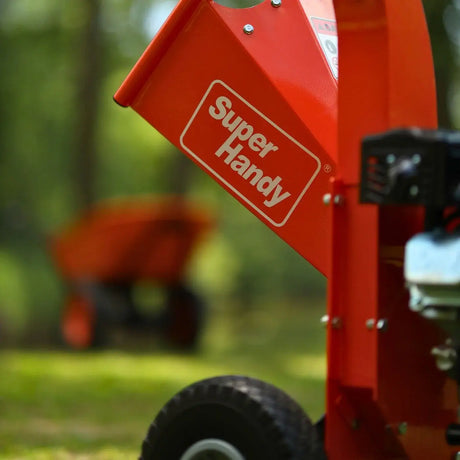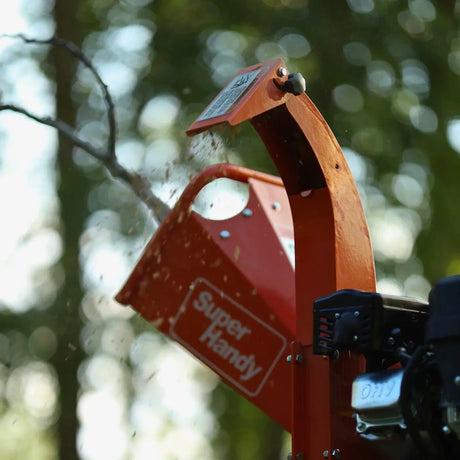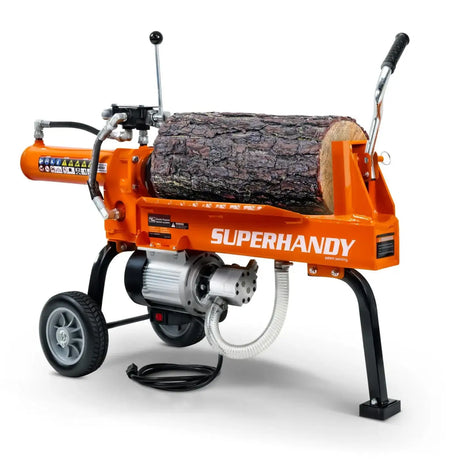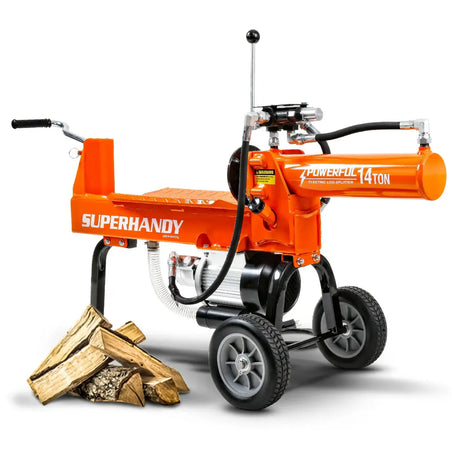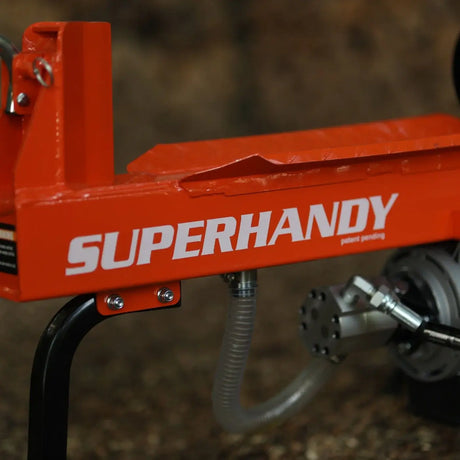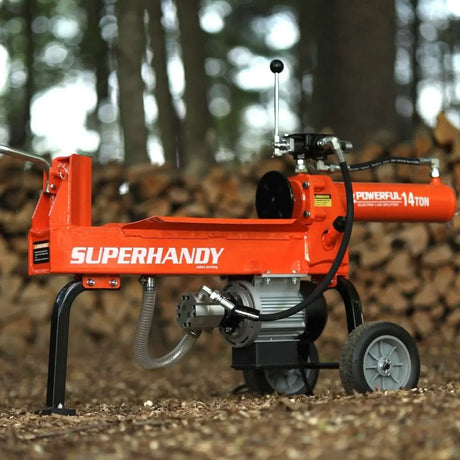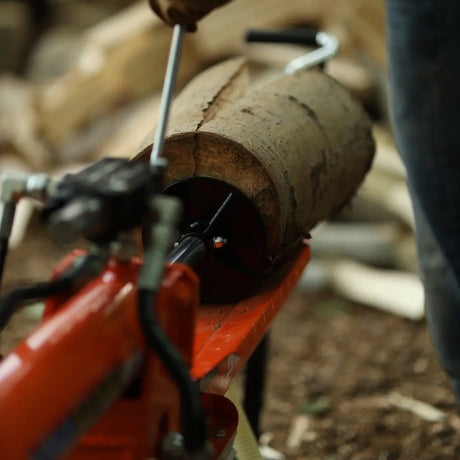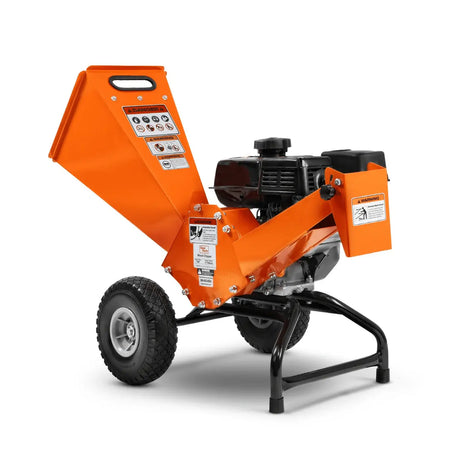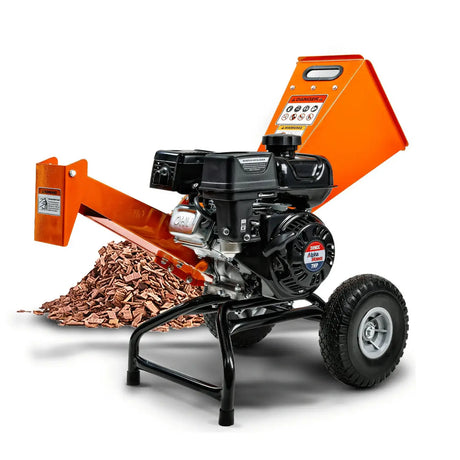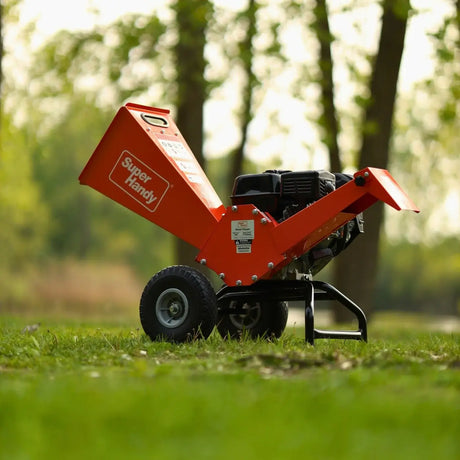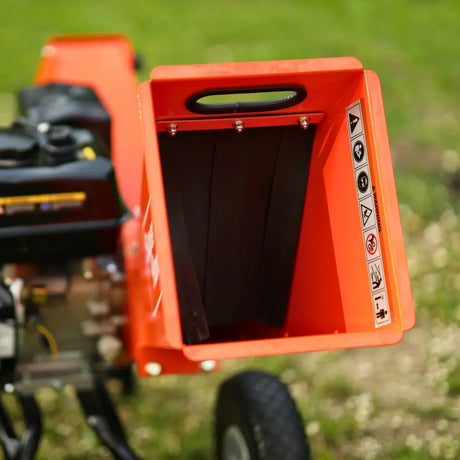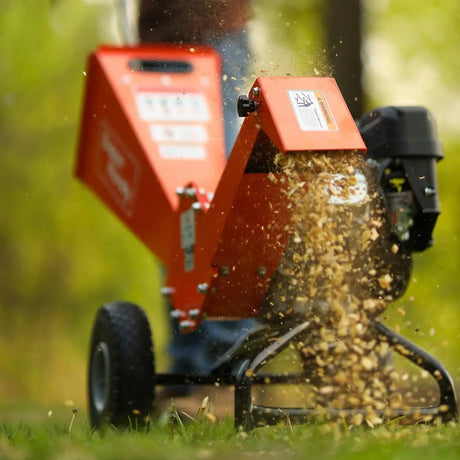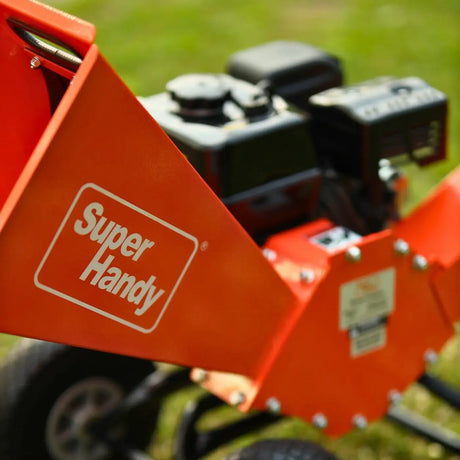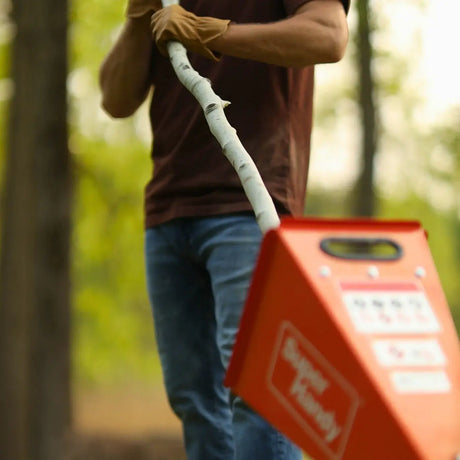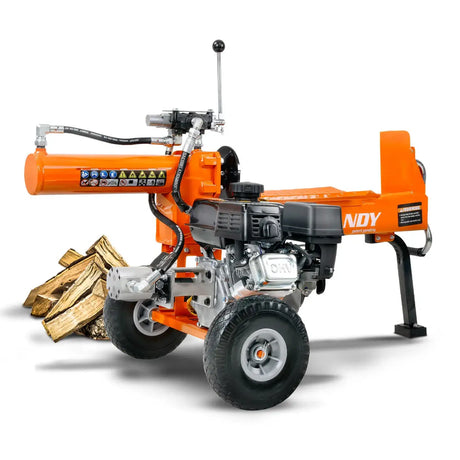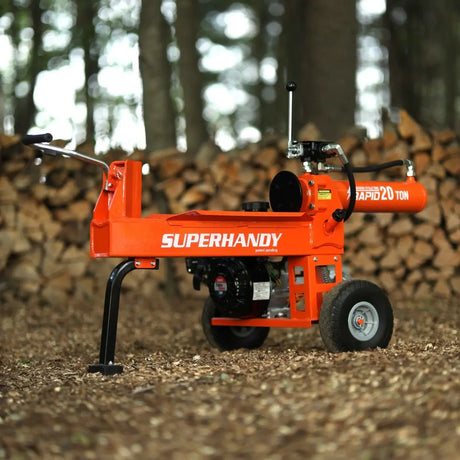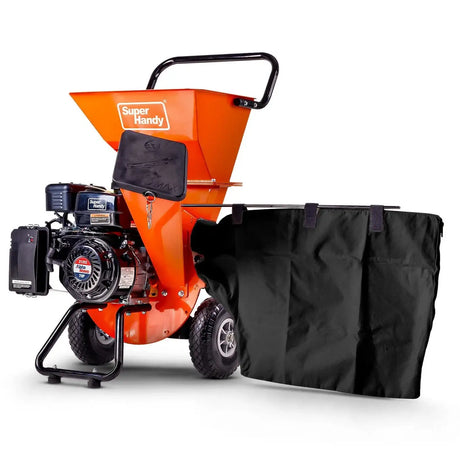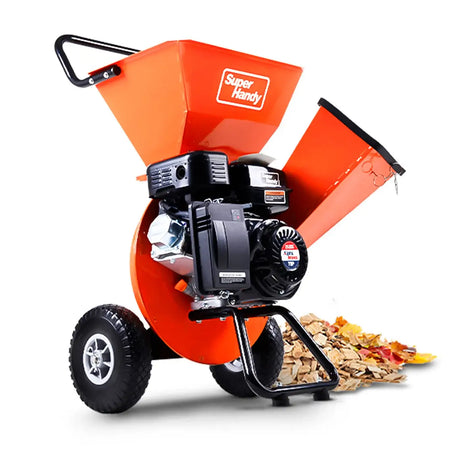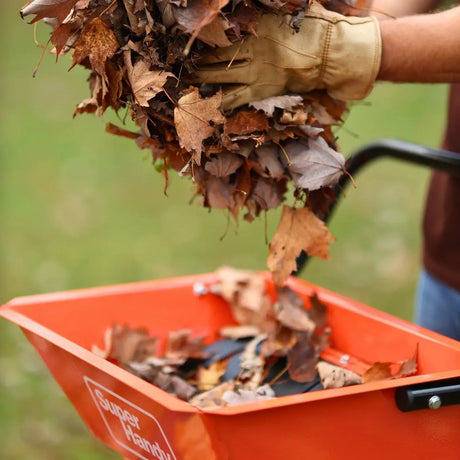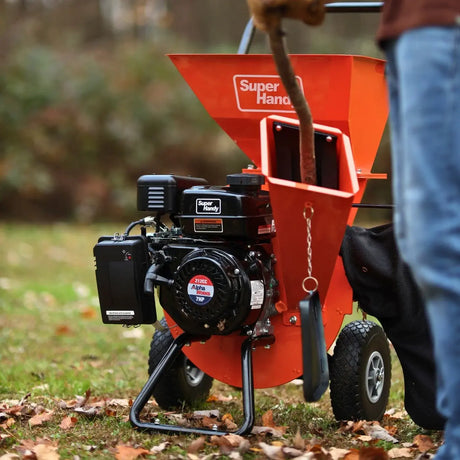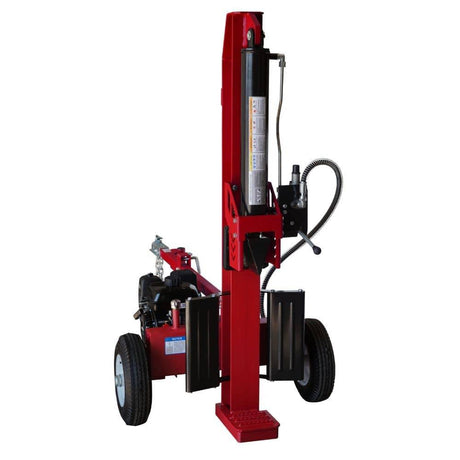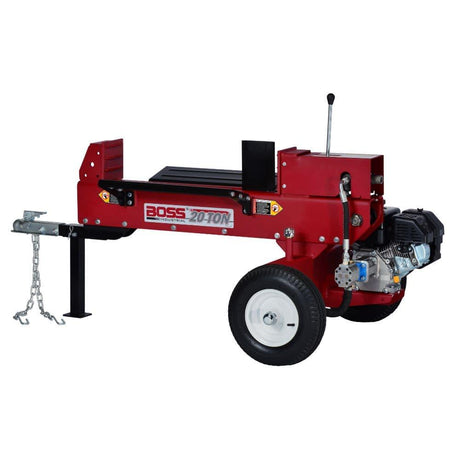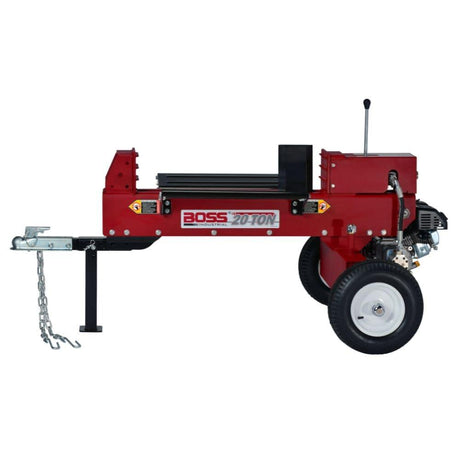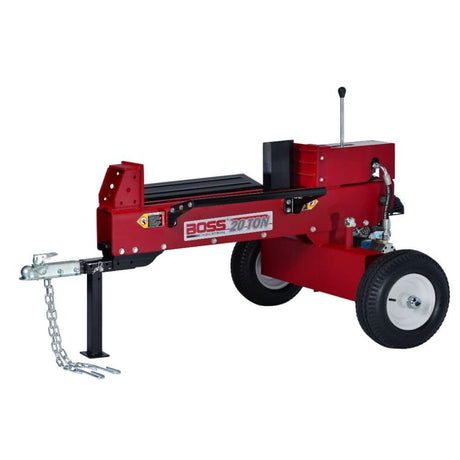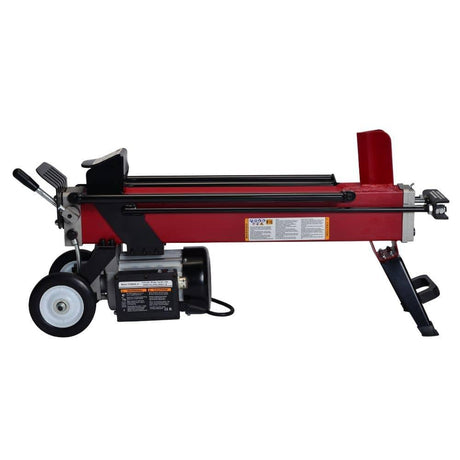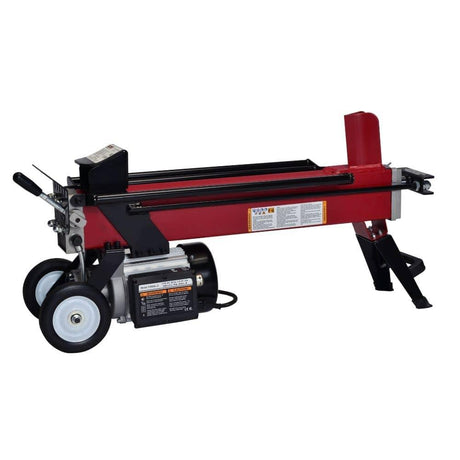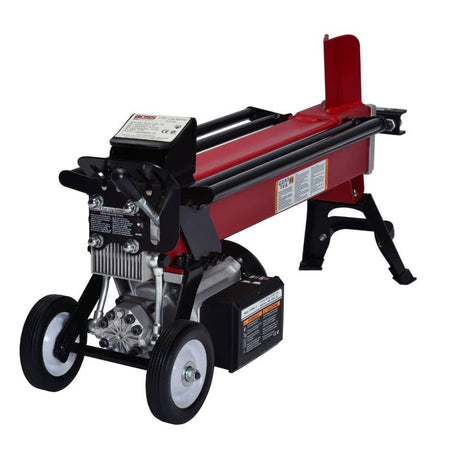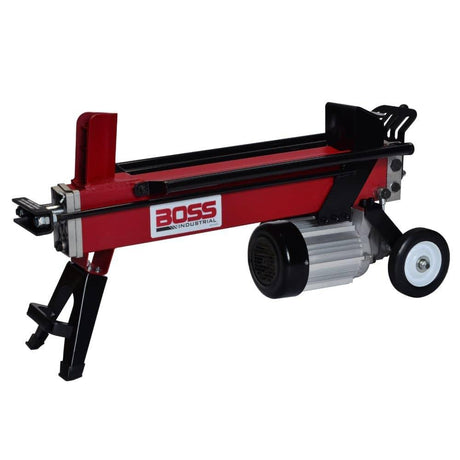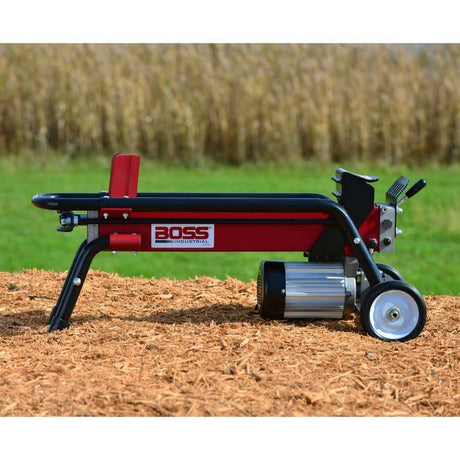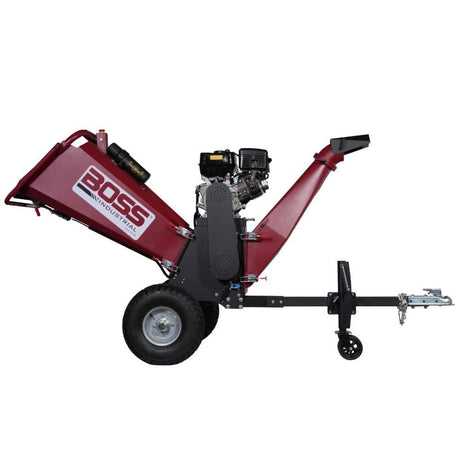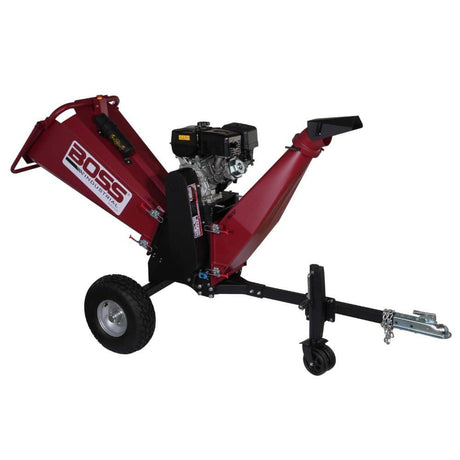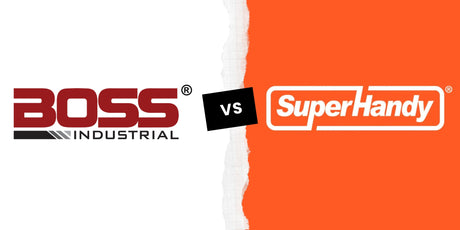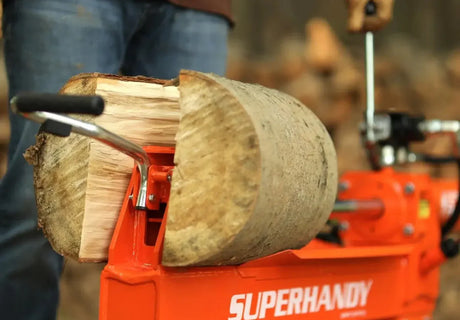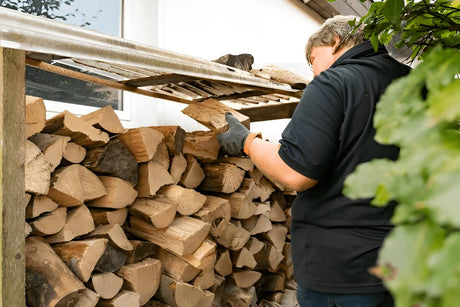Understanding Hydraulic Fluid: What It Does in a Log Splitter
Why Hydraulic Fluid Matters for Performance and Longevity
Hydraulic fluid isn't just a lubricant-it's the muscle behind your splitter. Without the right oil, your machine won't generate enough force to push the ram through the log.
Here's why it matters:
- Power Transfer: The fluid carries force from the pump to the ram, making clean splits possible.
- Component Protection: It cushions moving parts, reducing wear on valves, seals, and cylinders.
- Heat Control: It helps dissipate heat, keeping the system from overheating during long sessions.
- Smooth Operation: Quality oil reduces friction, which means less stuttering and more consistent pressure.
Neglecting your fluid means your splitter will work harder, run hotter, and wear out faster.
Learn more in our Log Splitter Maintenance Guide.
How It Works Inside the Hydraulic System
Think of the hydraulic system like a pressurized circulatory system.
Here's the basic flow:
- Pump draws fluid from the reservoir.
- Pressurized fluid moves through hoses to the cylinder.
- Ram extends with force to split the log.
- Valve shifts, fluid returns, and the ram retracts.
It's a closed loop, but any leaks, air pockets, or bad fluid can throw it off. That's why clean, proper hydraulic oil is essential-it keeps pressure high, motion smooth, and your splitter ready for the next round.

Recommended Hydraulic Fluids for Log Splitters
AW32 vs. AW46: What's the Difference?
Viscosity and Temperature Suitability
- AW32 is thinner (lower viscosity), which means it flows better in cold weather.
- AW46 is thicker and performs better in warmer temperatures or heavy-duty use.
- Both are anti-wear (AW), meaning they're designed to protect moving parts under pressure.
Which to Choose for Your Climate
- Use AW32 if you're splitting wood in colder climates (10°F to 60°F).
- Choose AW46 for moderate to hot environments (32°F to 80°F+).
- Live somewhere with four full seasons? AW46 is the safer all-rounder.
Other Common Fluid Types (AW22, AW68, 10W, Dexron, etc.)
- AW22 - Even lighter than AW32; rarely used but okay in extremely cold climates.
- AW68 - Thicker than AW46; suitable for very high-heat conditions, though less common in residential use.
- 10W Hydraulic Oil - A basic option for small or older splitters; thinner than AW32.
- Dexron ATF (Automatic Transmission oil) - Sometimes recommended as a winter alternative; flows well in cold but lacks wear protection for long-term use.
Only use alternatives like Dexron or 10W when the manufacturer specifically recommends them.
Electric Log Splitter Fluids: What You Need to Know
Electric splitters still use hydraulic systems-just with smaller reservoirs.
- Use HYD46+ or AW32 in most electric models.
- Check capacity-many units only need 600ml to 5 liters total.
- Avoid using standard motor oil or ATF unless stated in the manual.
Bottom line: Treat electric splitters the same way you would gas models when it comes to hydraulic fluid-just in smaller amounts.
Choosing between gas and electric log splitters can influence your maintenance routine. Learn more in our article on Gas vs. Electric Log Splitters: Which One Is Better for You?
How Much Hydraulic Fluid Does Your Log Splitter Need?
Typical Capacities by Model Type (Gas vs. Electric)
Gas-powered splitters usually hold 3 to 12 gallons of hydraulic fluid depending on the size:
- Mid-range residential units: around 4-6 gallons
- Heavy-duty/pro models (like RS-700 series): up to 12 gallons
Electric log splitters require much less-typically between 600ml to 5 liters (1.3 gallons)
Tip: Always check the user manual. Overfilling or underfilling can damage the pump or reduce performance.
| Log Splitter Type | Typical Fluid Capacity | Notes |
|---|---|---|
| Small Electric Splitter | 600 ml – 1.5 L (0.6–1.6 qt) | Check dipstick or fill line |
| Medium Electric Splitter | 2 L – 5 L (0.5–1.3 gal) | Don’t overfill |
| Residential Gas Splitter | 4 – 6 gallons | Mid-duty use |
| Pro Gas Splitter | 8 – 12 gallons | Large tanks, check manual |
How to Check, Fill, and Top Off Your Hydraulic Tank
1. Locate the hydraulic reservoir cap (usually near the engine or motor).
2. Make sure the splitter is off and on level ground before opening the tank.
3. Check the dipstick or sight glass if available-fluid should be near the "Full" line.
4. If topping off:
- Use a clean funnel to avoid contamination.
- Add the recommended oil slowly.
- Don't overfill-leave some space for thermal expansion.
5. After refilling, run the ram fully forward and back a few times. This removes any trapped air and ensures full circulation.
Reminder: Always clean the area around the cap before opening it-dirt inside the tank = costly repairs later.
How to Choose the Right Hydraulic Oil for Your Splitter
Climate and Operating Conditions (Cold vs. Warm Weather)
Hydraulic oil viscosity matters most when temps shift.
Cold climates (under 50°F) → Go with AW32
- It's thinner, flows easier in cold starts, and protects seals.
Moderate to warm climates (50°F-90°F) → Use AW46
- Thicker oil handles heat better, offering more wear protection.
Hot or high-load use (90°F+) → Consider AW68
- Heavy-duty oil for extreme temps or commercial use.
Rule of thumb: The colder it gets, the lower the number you want.
| Fluid Type | Viscosity | Best Temperature Range | Ideal Use | Notes |
|---|---|---|---|---|
| AW22 | Very Thin | Below 10°F | Extreme cold starts | Rarely used |
| AW32 | Thin | 10°F to 60°F | Cold climates, electric splitters | Good cold-flow |
| AW46 | Medium | 32°F to 80°F+ | All-around outdoor use | Most common |
| AW68 | Thick | 80°F+ | Commercial or extreme heat | Sluggish in cold |
| 10W Oil | Thin | Mild temps | Older residential units | Use only if specified |
| Dexron ATF | Thin | Cold climates (if recommended) | As substitute in winter | Low wear protection |
Indoor vs. Outdoor Use
Where you operate the splitter affects oil behavior:
Indoor or temperature-controlled environments
- AW32 is usually,work fine year-round thanks to stable temps.
Outdoor setups with seasonal use
- You might switch oils seasonally: AW32 in winter, AW46 in summer.
- Or go with a multi-grade or synthetic that handles both ends well.
Bonus tip: Store your fluid inside to keep it clean and temperature-stable.
Manufacturer Recommendations (Always Double-Check)
Not all log splitters use the same oil-even within the same brand.
- Some models call for Dexron III ATF or 10W hydraulic oil
- Others specify HYD46+, especially for electric units
Always check:
- Your owner's manual
- The label on your splitter's reservoir cap
- Or contact the brand directly (especially if it's a less common unit)
Using the wrong oil can void your warranty-or worse, damage your pump. Always match spec first, brand second.
To compare machine types, see our full comparison of hydraulic vs kinetic log splitters for detailed insights.
Performance Additives and Specialty Fluids: Are They Worth It?
Anti-Wear, Anti-Foam, and Oxidation Inhibitors
High-quality hydraulic fluids often include additives to boost performance and longevity. Here's what they actually do:
- Anti-wear additives protect pumps and valves from metal-on-metal contact. Critical if your splitter runs frequently or under high pressure.
- Anti-foam agents prevent bubbles from forming in the hydraulic system, which can cause jerky movement or reduced power.
- Oxidation inhibitors slow down oil breakdown from heat and air exposure. This extends oil life and helps prevent sludge buildup.
If you're using your log splitter regularly or commercially, fluids with these additives are worth it.
What to Avoid: Cheap Oils and Recycled Blends
Not all hydraulic fluid is created equal. Here's what to stay away from:
- Cheap, off-brand fluids often lack key additives or consistency in quality. They break down faster and could damage seals or pumps.
- Recycled or reclaimed oils may contain contaminants-even if filtered. These can clog filters or cause scoring in hydraulic components.
- Mixing fluid types (e.g., ATF + AW46) without knowing compatibility can cause foaming or pressure issues.
Stick to name-brand AW32 or AW46 fluids with solid reviews, or whatever your manufacturer recommends. In this case, paying a few extra bucks up front can save you hundreds in repairs later.

Where to Buy Hydraulic Fluid for Log Splitters
Farm Supply Stores, Big Box Retailers, and Online Options
You've got solid options when it comes to finding hydraulic fluid:
- Farm supply stores (like Tractor Supply Co.) almost always carry AW32 and AW46 in bulk. Good for larger splitters.
- Big box retailers like Walmart and Home Depot stock common grades, often at competitive prices.
- Auto parts stores (NAPA, AutoZone) are great if you need it fast-just double-check it's rated for hydraulic systems, not just engines.
- Online retailers like Amazon or manufacturer sites offer a wider selection, including specialty blends like HYD46+ for electric models.
Pro tip: Don't just buy the cheapest jug on the shelf. Match the fluid to your splitter and climate.
What to Look for on the Label Before Buying
Before tossing that jug into your cart, check for these details:
- Viscosity grade: AW32 or AW46 is standard. AW32 flows better in cold, AW46 holds up better in heat.
- Additives: Look for terms like "anti-wear," "anti-foam," or "oxidation-resistant."
- Compatibility: Make sure it's labeled as safe for hydraulic systems, not just for transmissions or general engines.
- OEM or universal spec: Some jugs mention compatibility with popular brands-this can help if your manual isn't handy.
If you're here and don't have a log splitter yet, this comprehensive log splitter buying guide covers everything you need to know to choose the right one.
Bottom line: Your splitter works hard. The right fluid keeps it smooth, powerful, and trouble-free. Don't cut corners here.
Final Takeaway: Choose the Right Hydraulic Fluid and Keep Splitting Smoothly
Quick Recap of Best Practices
- Use the right viscosity: AW32 for colder climates, AW46 for warmer temps.
- Avoid guessing: Always check your model's manual first.
- Stay consistent: Don't mix oil types unless the brand allows it.
- Watch your fluid: Change it when it's dirty, dark, or after 100-150 hours.
- Keep it clean: Store your machine dry and upright to avoid contamination.
When in Doubt, Follow the Manual and the Climate Rule
If you're ever unsure, here's a simple fallback:
1. Manual first: It'll tell you exactly what your machine was designed for.
2. Then climate:
- Cold winters? AW32 flows better.
- Hot summers or heavy-duty use? AW46 adds protection.
Stick to these basics, and your log splitter will keep running strong for years.


